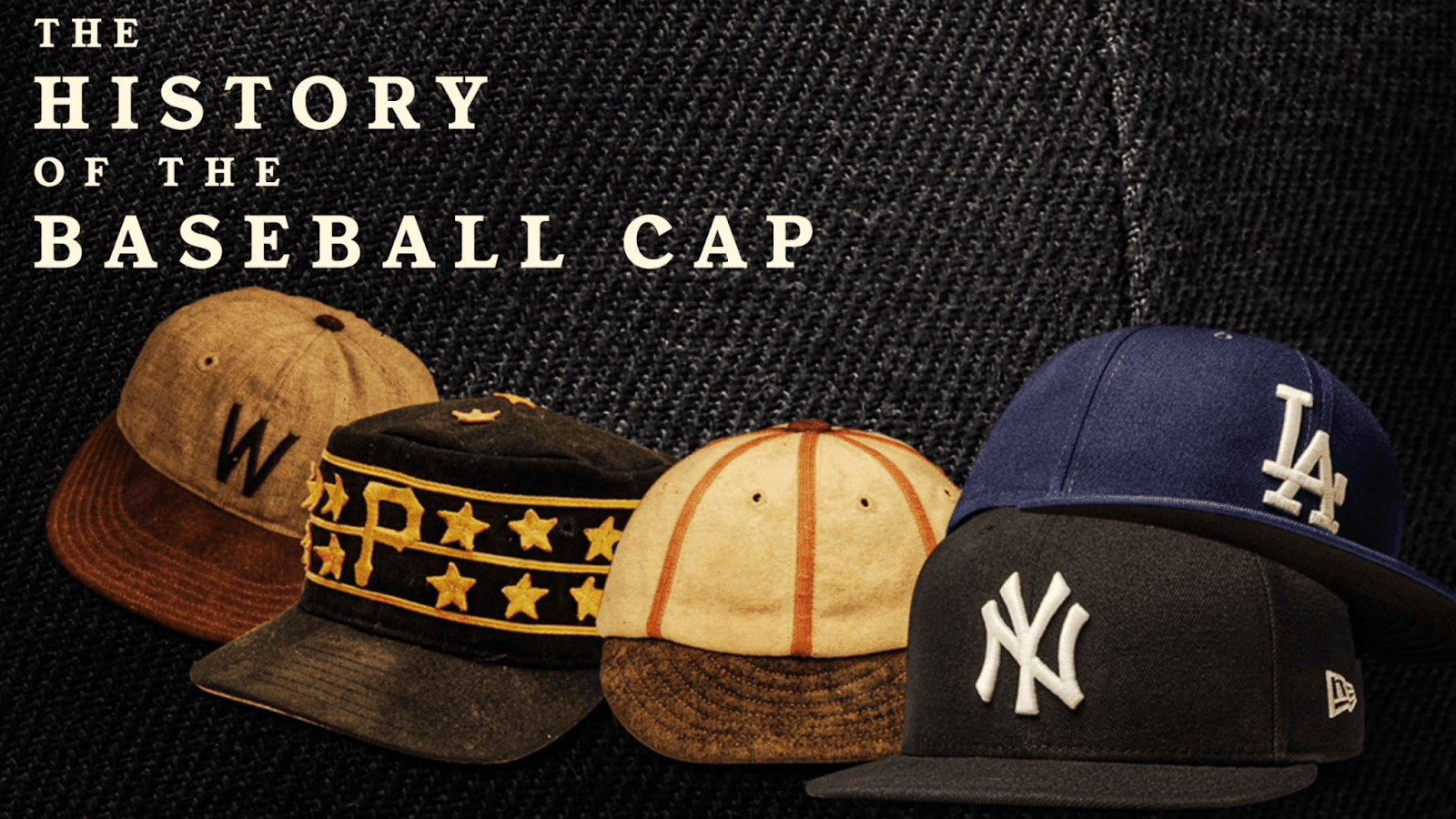The History and Legacy of the Baseball Cap: How it Took Over the World
SENZ • October 23rd, 2025 4:35 pm

Walk through any stadium, skatepark, festival, or shopping centre in Australia and you’ll spot it. Curved brim or flat. Clean or battered. Worn front-facing or swung to the back like a throwback to the ‘90s. The baseball cap is everywhere, and while it might feel like a modern fashion staple, its roots are firmly planted in 19th-century sport.
More than just a sun shield, the cap has become a cultural badge. A quiet flex. A symbol of loyalty, coolness, utility, or just comfort. But where did it start? And how did a piece of American sportswear end up on heads across the world, from Brooklyn to Brunswick?
Here’s the story of how the baseball cap became one of the most iconic pieces of headwear on the planet.
The Earliest Days: When Baseball Teams Wore Straw
It might surprise you to learn that early baseball players didn’t wear anything close to what we think of as a cap. In the mid-1800s, headwear varied from straw hats to floppy, unstructured wool caps. More Victorian garden party than high-performance sportswear.
But in 1849, the Brooklyn Excelsiors changed the game. Their cap was made of merino wool with a rounded crown and a short bill. It wasn’t just a uniform addition, it was functional. It blocked the sun and kept hair out of eyes during play. Over time, other teams adopted the look and by the early 1900s, it had become standard baseball gear.
Still, the cap was evolving slowly.
Clipping from the April 14, 1936, issue of The Cincinnati Enquirer. (Via Mlb.com)
How the Modern Cap Was Born
Through the early 20th century, caps became more uniform and durable. Materials shifted, bills became stiffer, and teams started stitching in logos. But the real turning point came in 1954.
That year, New Era, a family-owned cap manufacturer, introduced the 59FIFTY. It was a structured, fitted cap that would eventually become the official on-field cap of Major League Baseball.
It was streamlined. Professional. Iconic. And it was a major leap forward in the design of sports headwear.
The 59FIFTY didn’t just change the way players looked. It gave fans something to wear that connected them directly to the field.
1947 St. Louis Browns cap -- the first 59Fifty. (Via Mlb.com)
TV Changed Everything
As televised sport exploded in the post-war era, so did the visual identity of teams. Logos, colours and caps became essential to the fan experience.
The cap wasn’t just part of the uniform anymore, it was a piece of the brand. Wearing one told people who you supported without saying a word.
As a result, demand for team-branded caps boomed. Kids and adults alike started collecting them. They weren’t just practical, they were personal.
Leaving the Dugout Behind
By the ‘80s and ‘90s, caps had become part of global street culture. You didn’t have to know a single player’s name to want to wear a Yankees cap.
In hip-hop, skateboarding, and punk scenes, the cap was repurposed. Styled differently, matched with kicks, flipped backwards, or worn oversized.
The symbolism shifted. Wearing a cap wasn’t just about allegiance anymore. It was about attitude, identity, and style.
Today, that cultural blend still exists. You’ll see footy fans at an NRL game in Melbourne wearing American baseball caps. Or teenagers in Sydney pairing their oversized hoodies with flat-brimmed lids. It’s all part of the same evolution.
What the Cap Represents Now
Caps are worn by fans, players, artists, tradies, and toddlers. They’ve become the great equaliser of style, a functional piece that carries emotional weight.
Think about it. You don’t throw away a good cap. You break it in. It becomes yours. A marker of a season, a gig, a trip, a team’s winning streak, or just your go-to weekend fit.
And while there are plenty of imitations out there, few brands carry the history and quality of the New Era cap. Still considered the gold standard of sports headwear, New Era continues to bridge that gap between athletic legacy and cultural relevance.
Whether you’re repping your team or just wearing one for the vibe, it’s the cap with roots.
You can find official New Era releases at Cap-Z, where style and sport meet with just the right amount of attitude.
You can find official New Era releases at Cap-Z, where style and sport meet with just the right amount of attitude.
Wall of Heat at CAPZ. (Via cap-z.com.au)
Conclusion: The Cap Endures
From the dusty baseball fields of 1800s New York to the sidelines of suburban Aussie footy matches, the baseball cap has stayed relevant for nearly two centuries. It’s evolved with fashion, adapted to culture, and stuck around because it works.
It’s practical. It’s iconic. And whether you’re a die-hard fan or just someone who appreciates a well-made lid, there’s a story sitting right above your eyebrows.
And that’s the kind of legacy most accessories can only dream of.

